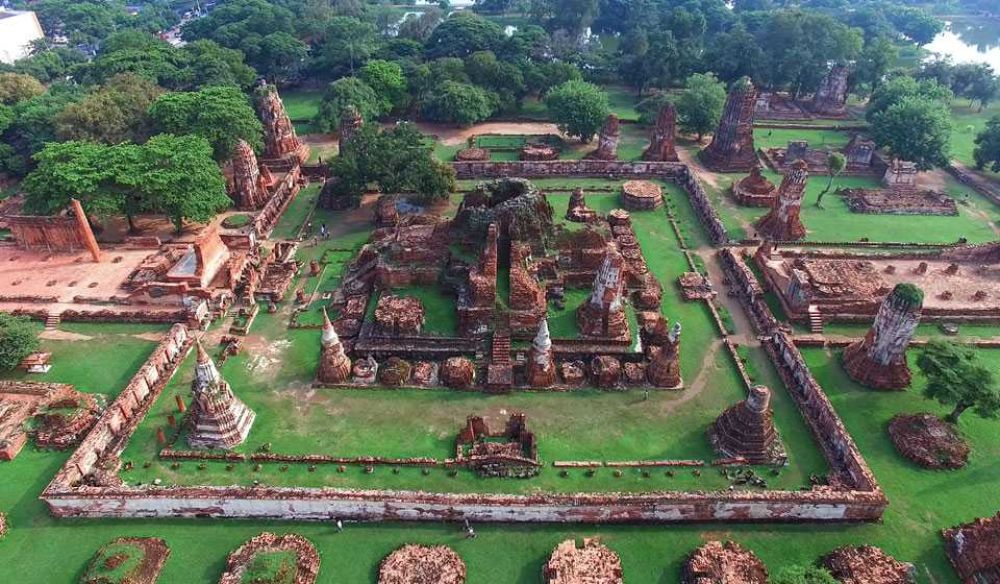

Founded in 1350, Ayutthaya was the second capital of the Siamese Kingdom after Sukhothai. It flourished from the 14th to the 18th centuries, during which time it grew to be one of the world's largest urban areas and a center of global diplomacy and commerce. Ayutthaya was strategically located on an island surrounded by three rivers connecting the city to the sea. This facilitated international trade, as the Kingdom of Ayutthaya engaged in fruitful trade with numerous countries including China, Japan, India, Persia, and later with European nations such as Portugal, Spain, the Netherlands, and France.
The city became known for its impressive architectural landscape, featuring numerous grand temples and palaces that symbolized its prosperity and hegemony. At its peak, Ayutthaya's influence in the region was unparalleled. The magnificence of Ayutthaya’s cultural heritage made it an early draw for those interested in the Siamese civilization, even before the term "tourism" came into wide use.
Despite its might and grandeur, Ayutthaya fell to the Burmese in 1767 after a lengthy siege, leading to the city’s complete destruction and abandonment. The invaders left most of the splendid temples, palaces, and statues in ruins—an event that altered the city's place in the world’s imagination, transforming it from a living metropolis to a source of curiosity and archaeological interest.
In the ensuing centuries, remnants of the once-great city were gradually embraced as important symbols of Thai heritage. This sense of historical and national identity began attracting travelers, scholars, and archaeologists, sparking the beginnings of heritage tourism in Ayutthaya. Realizing the importance of this site, efforts at preservation and reconstruction were gradually initiated. In 1991, the Historic City of Ayutthaya was declared a UNESCO World Heritage Site, further cementing its status as an important destination for international and domestic tourists alike.
Today, Ayutthaya represents a significant chapter in the wider history of tourism in Thailand. Visitors from around the world come to marvel at its historical park, characterized by towering chedis (stupas), serene Buddha statues, and the engaging layers of history found within its archaeological sites. Modern tourism in Ayutthaya caters to a wide audience, ranging from day-trippers from Bangkok, history aficionados, to those engaged in religious pilgrimages. Additionally, the city has become an important stop for river cruises along the Chao Phraya River, offering a more leisurely perspective on its heritage.
Interactive Museums and state-of-the-art visitor centers have been established to educate tourists about the historical significance of Ayutthaya with a blend of traditional exhibits and digital technology.
Eco-tourism initiatives have also been introduced, encouraging visitors to explore the natural beauty of the surrounding area while maintaining environmental sustainability. Cultural festivals and heritage walks are increasingly promoted, offering deeper insights into local traditions and the rich history of Ayutthaya.
The continuous evolution of tourism in Ayutthaya reflects its resilience and enduring appeal, making it a timeless jewel in the crown of Thailand's cultural destinations.